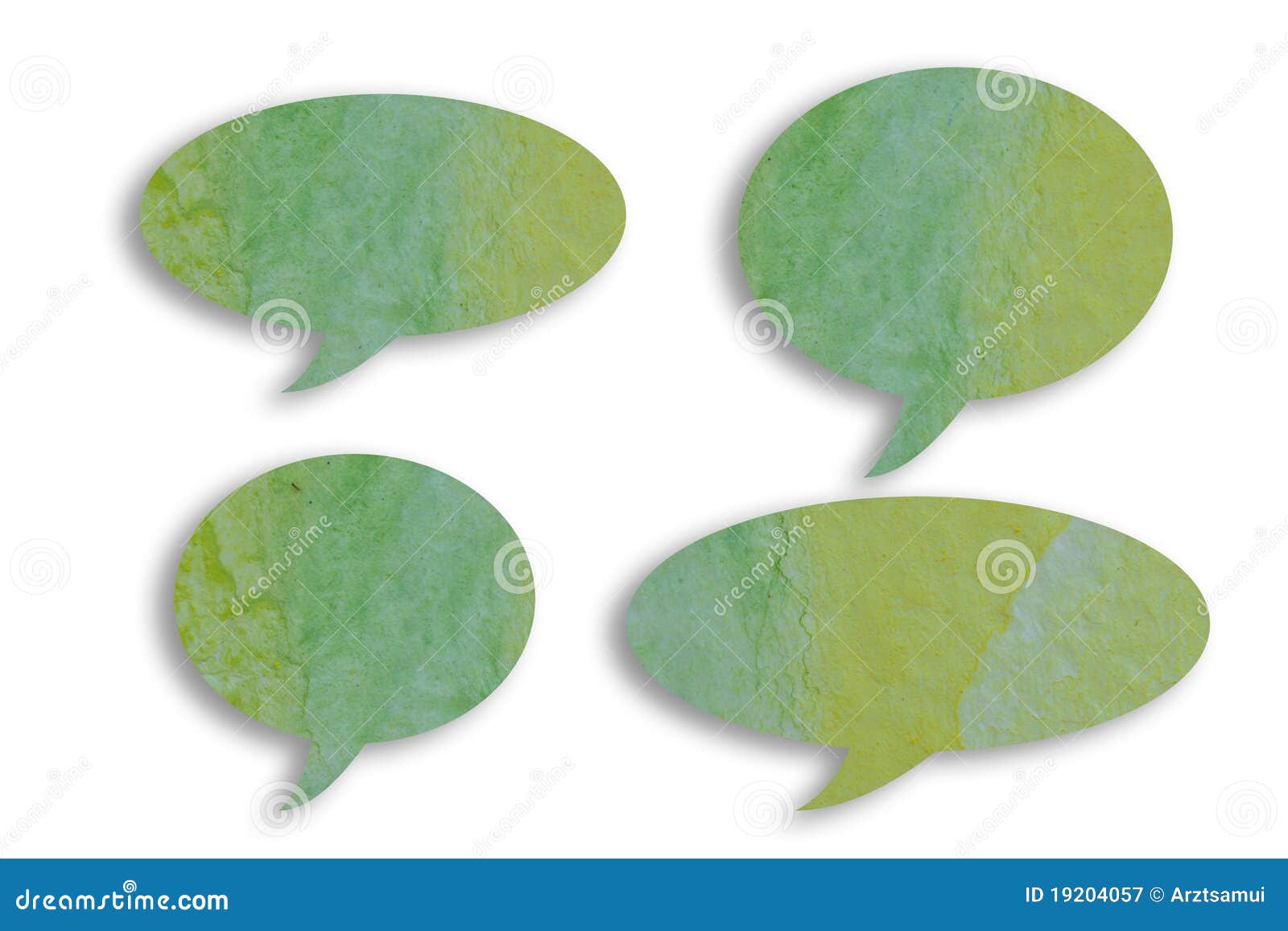

Instead, it has been shown through an achromatic adjustment method that colour-diagnostic objects still appear slightly in their typical colour, even when they are colourimetrically grey. Overall, our results suggest that the ability to quickly learn novel cues and integrate them with familiar cues is not immediately (within the short duration of our experiments and in the domain of color and shape) accompanied by common perceptual effects.Īccording to the memory colour effect, the colour of a colour-diagnostic object is not perceived independently of the object itself. There was no evidence for forced fusion and the opposite of a memory color effect. Experiment 2 tested for a memory color effect, observers adjusting the color of ovals with different axis ratios until they appeared gray. To ask whether this was accompanied by perceptual effects, Experiment 1 tested for forced fusion by measuring color discrimination thresholds with and without incongruent novel cues.

Observers showed signatures of reliability-weighted averaging-a precision improvement in both experiments and reweighting of the newly learned shape cue with changes in uncertainty in Experiment 2. As the color of the oval changed across trials, so did its shape according to a novel mapping of axis ratio to color. Observers made color matches by adjusting the color of an oval to match a simultaneously presented reference. In two experiments, we implicitly taught observers novel associations between shape and color. Yet, it remains unclear if the integration of newly learned statistics into decision-making can directly influence perception, rather than taking place only at the decision stage. Research suggests that newly learned statistical associations can be rapidly integrated in this way for efficient decision-making. Reliability-weighted averaging of multiple perceptual estimates (or cues) can improve precision. Note, however, that the bluish color of the mailbox (lower-left corner) is exaggerated for illustration purposes. The achromatic adjustment is shifted towards blue, which is opposite to the typical color. Finally, the line away from the star towards the bluish mailbox corresponds to the average gray adjustment. The black star corresponds to the subjective gray point.

In order to control for the possibility that the background is not perceived as completely gray, the subjective gray point of the observers was measured through achromatic adjustments of uniform and textured disks, which were not color diagnostic. The origin of the axes (gray lines) corresponds to the color of the background. It has been measured separately through an adjustment task, in which observers were asked to adjust the typical color of the objects. The yellow line in the upper half of the graphic shows the memory color of the mailbox. The directions in the color space represent the hues of the colors, as illustrated by the colored circle. This graphic shows the typical color of the mailbox and the gray adjustments (yellow lines) in a coneopponent color space (Derrington-KrauskopfLennie space-for details, see references).


 0 kommentar(er)
0 kommentar(er)
